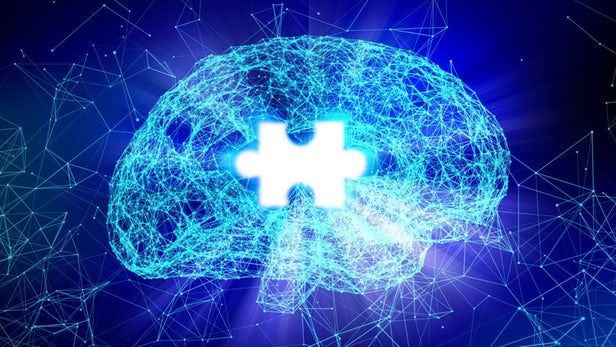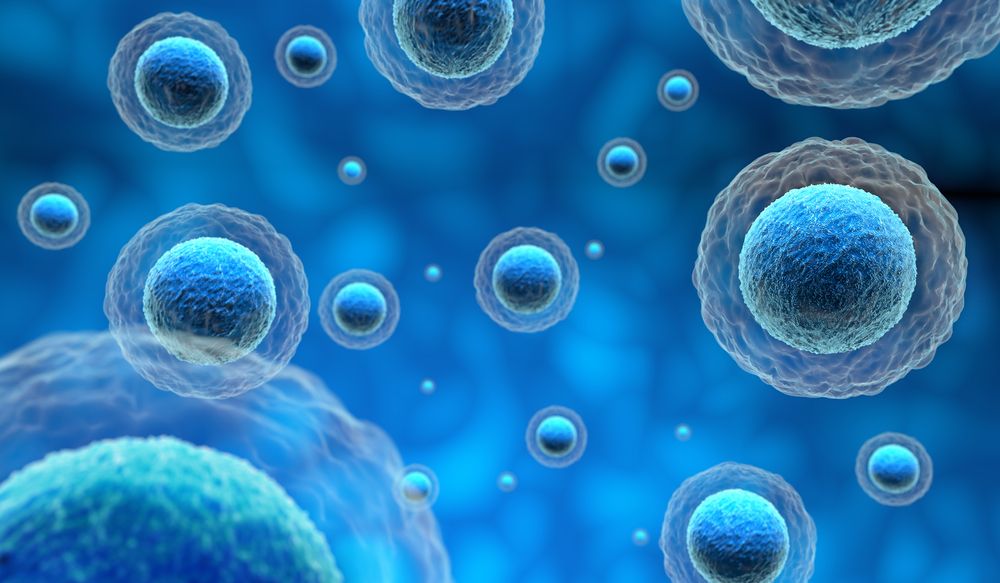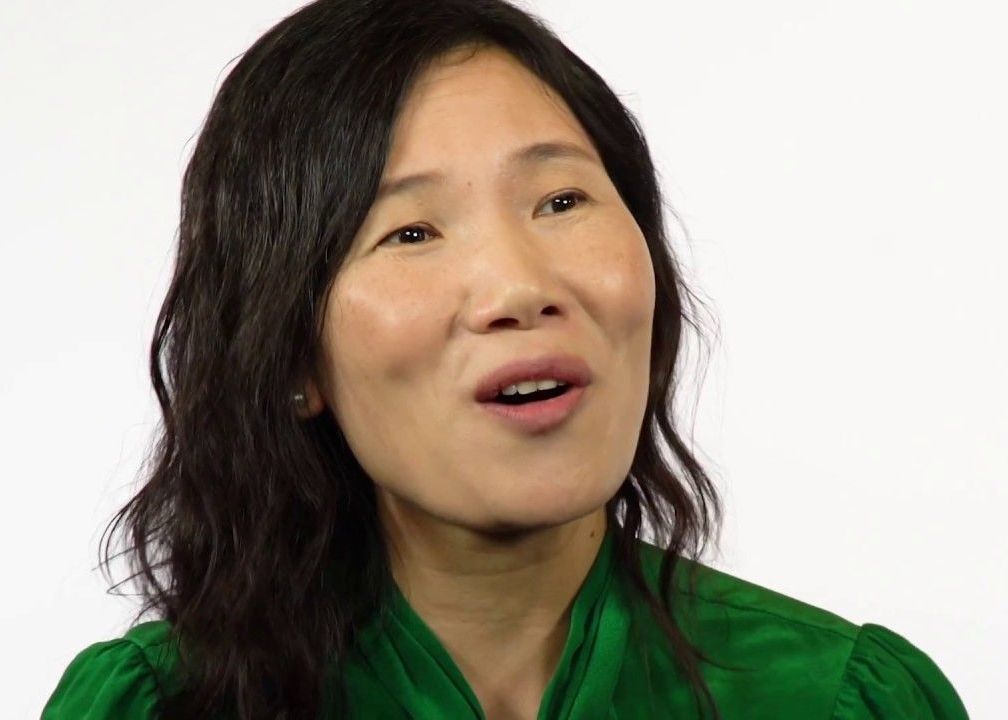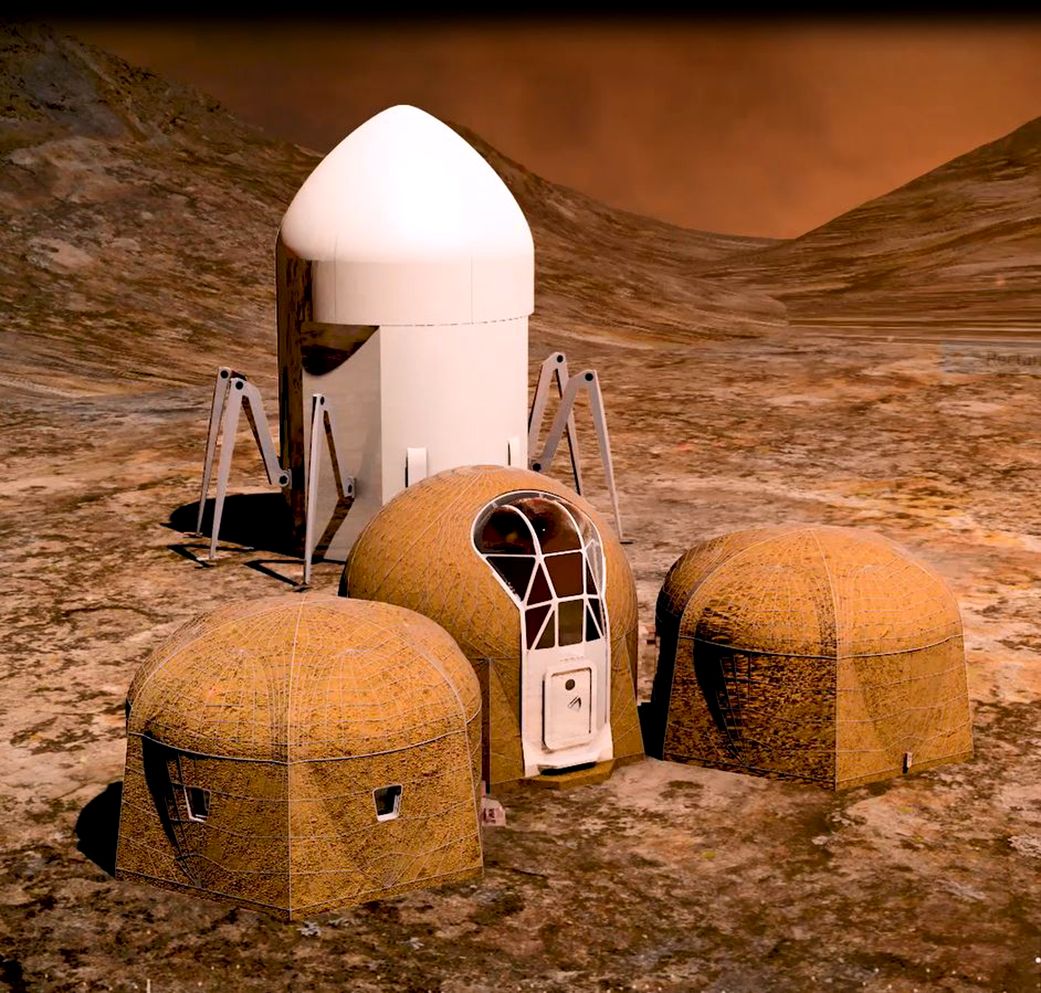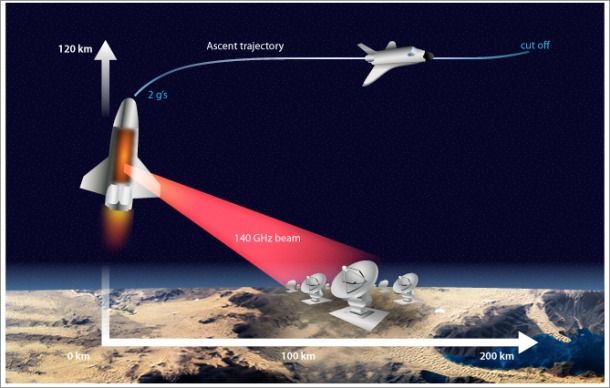
The enzyme laccase is able to alter the chemical structure of wood on its surface and thus facilitate biochemical modifications without changing the structure of the material. By attaching functional molecules, Empa researchers develop waterproof or antimicrobial wood surfaces, for instance. Also it is possible to make adhesive wood fibers, which can be pressed to fiberboards without any chemical binding agents. These solvent-free fiberboards are used for insulation of eco houses.
The problem: There are many variants of laccase, which differ in the architecture of the chemically active center, and not all of them react with the desired substrate. As it is extremely difficult to predict whether or not a particular laccase will react with a specific substrate, costly and time-consuming series of experiments are required to identify suitable laccase-substrate pairs. Molecular simulations could solve the problem: You simply need a precise structural analysis of the laccase to simulate the chemical reaction mechanism for every desirable combination on the computer. However, this requires a high computer computing—capacity and, even then, would be extremely time-consuming and expensive.
But there is a shortcut: “deep learning.” A computer program is trained to recognize patterns with data from the literature and own experiments: Which laccase oxidizes which substrate? What might be the best conditions for the desired chemical process to take place? The best thing about it: The search works even if not all details about the chemical mechanism are known.
Continue reading “Search engine for ‘smart wood’” »
